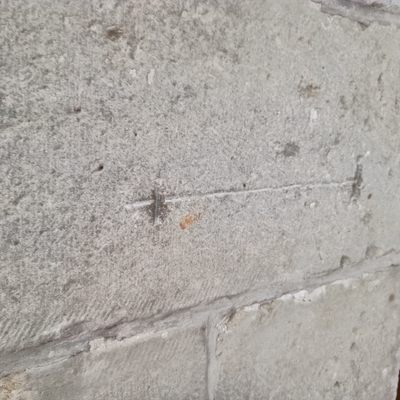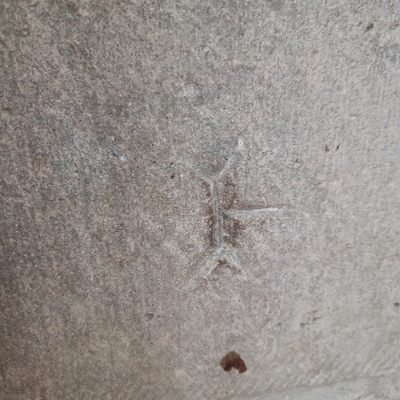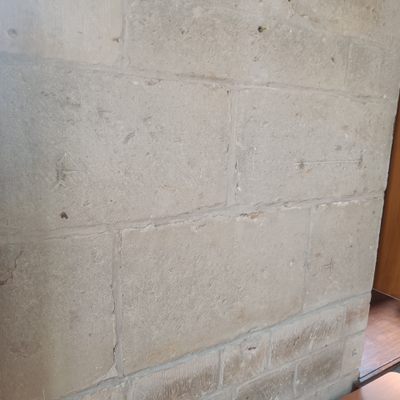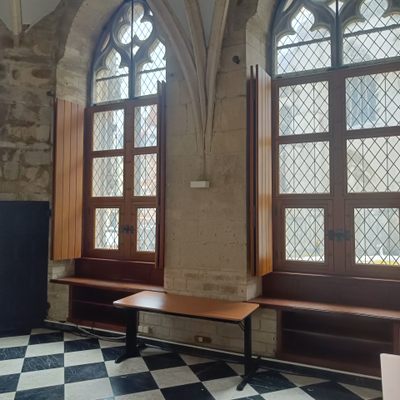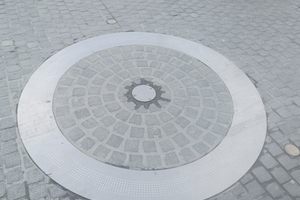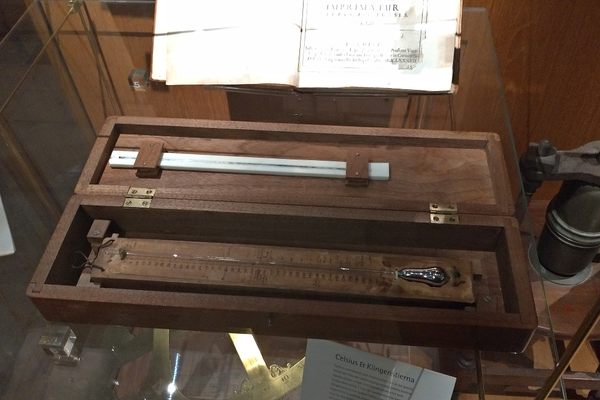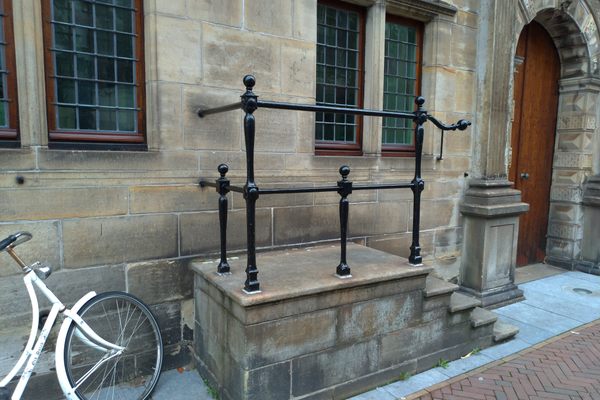About
Standard measures are so ubiquitous today that it is hard to imagine that every town once had its own definitions of lengths, weights, volume, and even time. They were usually displayed in a public location so that the public could easily make their own copies, and measure the products that they bought. In Leuven, these measures were carved into the walls of the town hall.
Leuven's town hall dates back to 1439 and is known for its detailed facade and the dozens of statues that decorate it. These days it is mainly used for ceremonies such as weddings and formal gatherings, but back in the day it was the beating heart of the city and housed an army of clerks ready to help (and tax) whoever came through the door. One of the duties of the city was to provide a clear definition of units of measurement, so that people would not be swindled out of their money by a clever merchant.
In the back of the easternmost room, some remnants of such measures can still be seen in the form of deep carvings on the wall. These carvings represent the Leuven foot, the Leuven inch, and the Leuven el. There is some difference in these measures than today's standard measurements; One foot is defined as 30.48 centimeters, while a Leuven foot measures 28.55 centimeters, about 6.5 percent shorter.
Related Tags
Know Before You Go
The lines can be seen during open days or during a tour of Leuven town hall.
Community Contributors
Added By
Published
March 27, 2024
